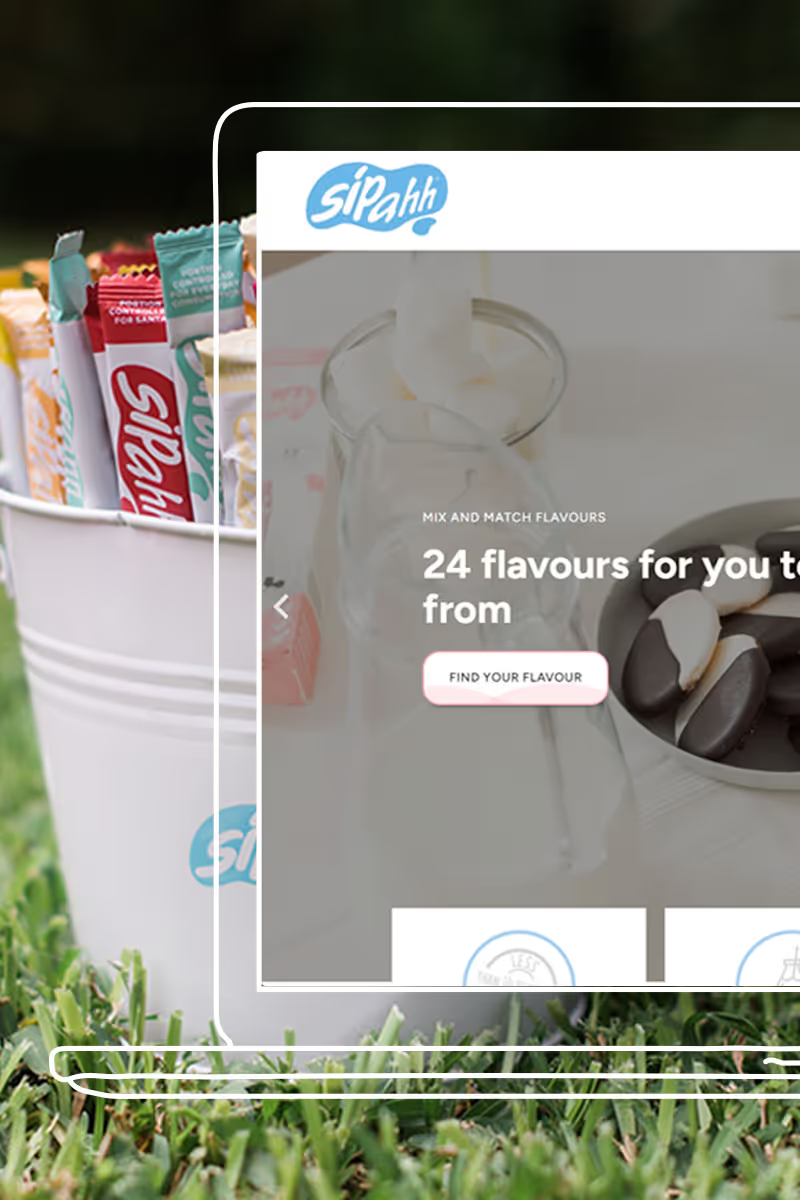Web & Software Integration.
Build a connected website that works harder for your business.

Transform your website into an active tool for lead generation, sales fulfilment, and business growth.
From systems that talk to each other to data that flows where it should, effective integration turns your website from a static presence into a smarter business tool.
Seamless system connectivity.
Integrate CRMs, ERPs, POS, accounting tools and APIs to keep data accurate, fast and flowing in the right direction.
Automated data flows.
Remove manual entry and send leads, orders and customer details exactly where they need to go for faster follow-up and better performance.
Custom development solutions.
When systems don’t connect naturally, we build the bridge with tailored APIs and development that fit your infrastructure.
Make every click, and every contact count
Connecting your website with systems like CRMs, ERPs, inventory, POS, and other sales, accounting or marketing tools isn’t just a technical upgrade, it’s a key part of running a smarter and more agile business. Integration creates smooth data flows that lead to better tracking, faster responses, more personal customer experiences, and stronger returns on your marketing spend.
We create automatic data flows from your website and eliminate the need for manual entry. Leads from web forms or ads can be pushed directly into your CRM for faster follow-up, reduced errors, and shorter sales cycles. You’ll benefit from more accurate profiles, timely assignments, and improved customer retention.
Control your data with custom ERP / POS / Accounting Integration
Connect your website with back-office systems to sync product data, pricing, inventory, and orders to ensure your storefront is always up to date and your fulfillment process runs smoothly. Syncing can be handled in real-time, or scheduled to keep your online and offline operations aligned with greater accuracy.
From UX and speed to tracking and conversion, everything is handled by our Sunshine Coast developers who know how it all connects. From CRMs and ERPs to accounting platforms and third-party APIs, we’ve worked with all of the major systems. Our experience means faster builds, smoother integration, and fewer surprises.
Fully integrated and custom website development
When your website doesn’t naturally connect, we can build the bridge. With custom APIs and tailored development, we link your cloud or on-premise systems so you can innovate with the platforms you already use, without being locked into rigid systems.
What sets Kook’s developers apart is our integration with our design and marketing teams. Every day we work with web designers and marketers to ensure systems are working accurately, analytics work properly, and conversions are tracked, reported, and improved. Here’s how we can help you with web integration:
Targeted advertising & conversion rate optimisation (CRO)
With well-integrated systems, your remarketing is more precise, your pages load faster, and your inventory stays accurate. That means smoother checkouts, stronger CRO, and a higher return on ad spend.
Data-driven improvement
Our job doesn’t end at launch. We track performance, analyse data, and suggest improvements. Whether it’s a layout tweak or a deeper automation, small changes can lead to big gains over time.
Website code & performance optimisation
Behind every effective integration is clean, optimised code. We fine-tune your website to load faster, run leaner, and deliver a better user experience.
We’ll make sure your tracking tools are set up properly so your analytics and marketing platforms give you complete, accurate data. From form tracking to ad pixels and user behaviour, integration ensures your campaigns are guided by real insights and not guesswork.

Get started with smarter integration
Kook will begin by reviewing your systems, identifying key data flows, and planning integrations that prioritise speed, usability, and results. We’ll then implement accurate tracking, test performance, and continue refining based on real-world outcomes.
Web and software integration is the foundation of smarter digital marketing - and it turns your website into a high-performing business tool. Kook brings together two decades of experience in design, development, and strategy to ensure every part of your system works better together.
We're ready to move,
are you?
No lock-in contracts. Guaranteed.
No outsourcing. Guaranteed.
We'll get back to you same day. Guaranteed.
